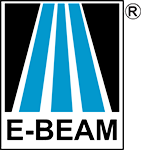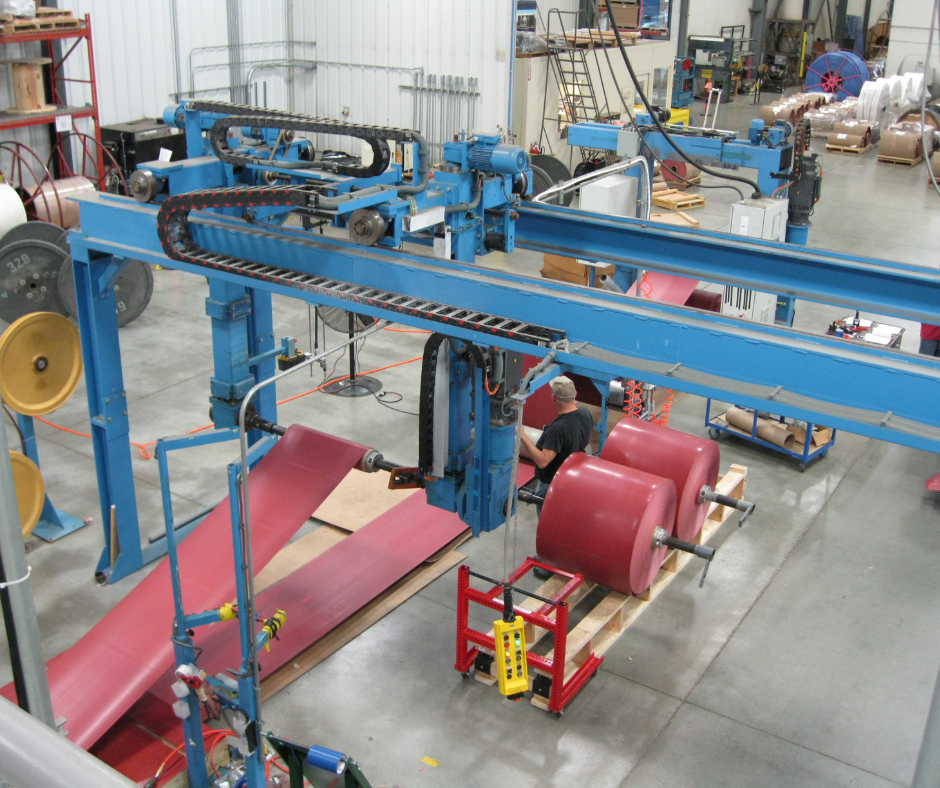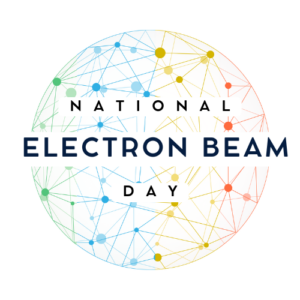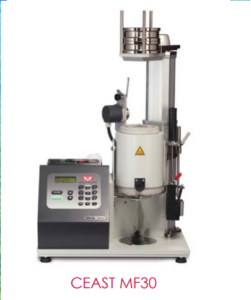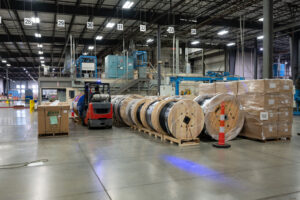In a world where materials must perform under increasingly demanding conditions, the ability to
enhance their durability, strength, and resistance properties without compromising safety or
efficiency is crucial. Enter E-beam (electron beam) crosslinking, a transformative technology
that’s been changing the game in industries like automotive, aerospace, electronics, and
healthcare for more than 50 years.
At its core, E-beam crosslinking is a clean and efficient process that alters the molecular
structure of polymers, encouraging the formation of bonds—known as crosslinks—between
polymer chains. This molecular reorganization leads to a cascade of performance
improvements across thermal, chemical, mechanical, and electrical domains.
One of the most impressive advantages of crosslinked polymers is their enhanced thermal
resistance. Materials such as polyethylene, when crosslinked, can endure operating
temperatures well above 150°C, making them ideal for wires, cables, and heat shrink tubing.
These materials also perform better in cold environments, showing greater impact resistance
and reduced deformation under load.
Chemical resistance also gets a significant boost. Crosslinked structures are more resilient
against harsh solvents, oils, fuels, and other aggressive substances. This makes them
particularly well-suited for demanding environments where reliability is non-negotiable, such as
in automotive and industrial applications.
Mechanically, the difference is clear. Crosslinked polymers exhibit greater tensile strength and
abrasion resistance. They maintain integrity even under mechanical stress and extreme
temperatures—qualities that are critical when safety and durability are on the line.
Another key benefit is resistance to environmental stress cracking. Crosslinked materials are
less likely to fail when exposed to chemical and physical stress, extending their lifespan and
reducing maintenance needs.
In the electrical world, E-beam crosslinking plays a vital role in ensuring safety and
performance. Materials used in insulation retain their dielectric strength at higher voltages and
temperatures, which is especially valuable in power and communications infrastructure.
The technology also unlocks shape memory capabilities, a feature particularly beneficial in heat
shrink tubing and films. These materials can be expanded during manufacturing and then shrink
back to a tight fit when heated during application, providing secure coverage and protection.
One of the most attractive aspects of E-beam crosslinking is its clean processing. Unlike
chemical crosslinking methods that rely on additives like peroxides or silanes, E-beam
technology does not introduce residual chemicals into the material. This makes it not only moreenvironmentally friendly but also safer for use in sensitive applications like medical tubing or
food-grade packaging.
Production efficiency is another advantage. The process is fast and doesn’t require curing
ovens or extended cycle times, which means manufacturers can enjoy higher throughput with
lower energy demands.
Lastly, crosslinked materials tend to exhibit better flame resistance and emit less smoke—an
essential property for meeting modern safety and fire standards in transportation, construction,
and consumer electronics.
As industries push toward more advanced, sustainable, and high-performance solutions, E-
beam crosslinking is emerging as a key enabler. It enhances the performance of everyday
materials in extraordinary ways—quietly powering the technologies and systems that keep our
world connected, protected, and progressing.
Whether you’re designing for extreme environments or simply looking for cleaner, more efficient
manufacturing methods, E-beam crosslinking offers a proven path to smarter materials and
better products.
